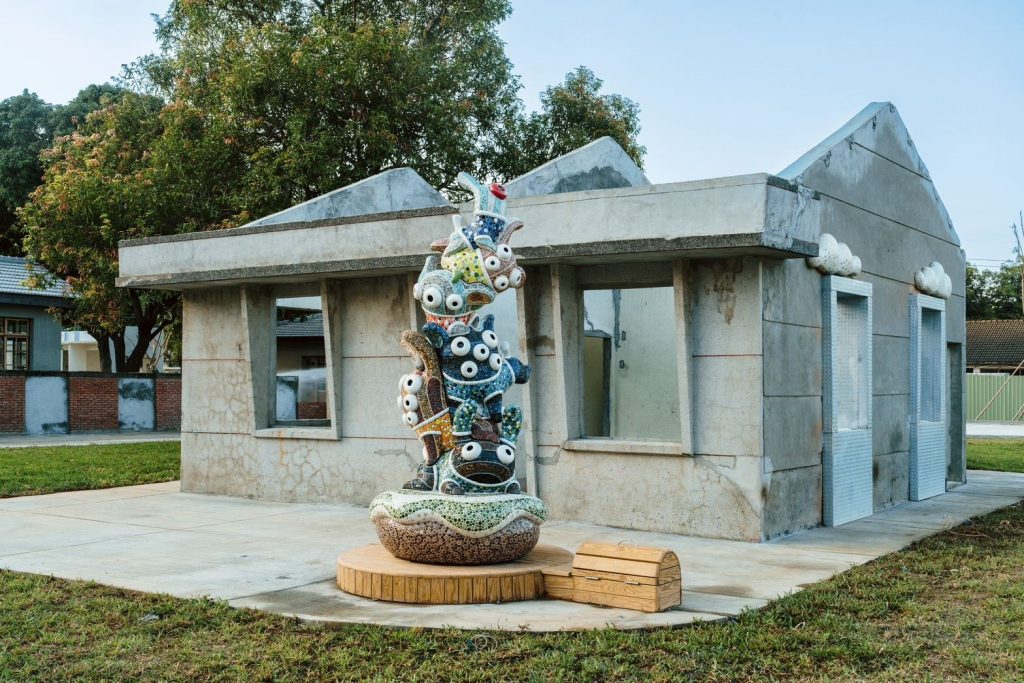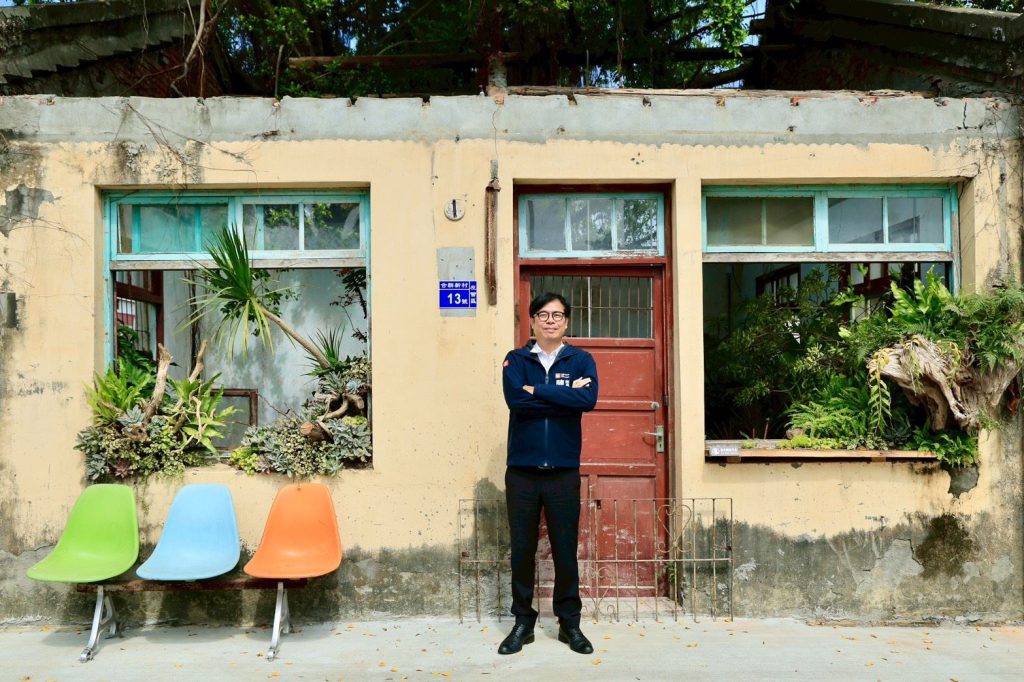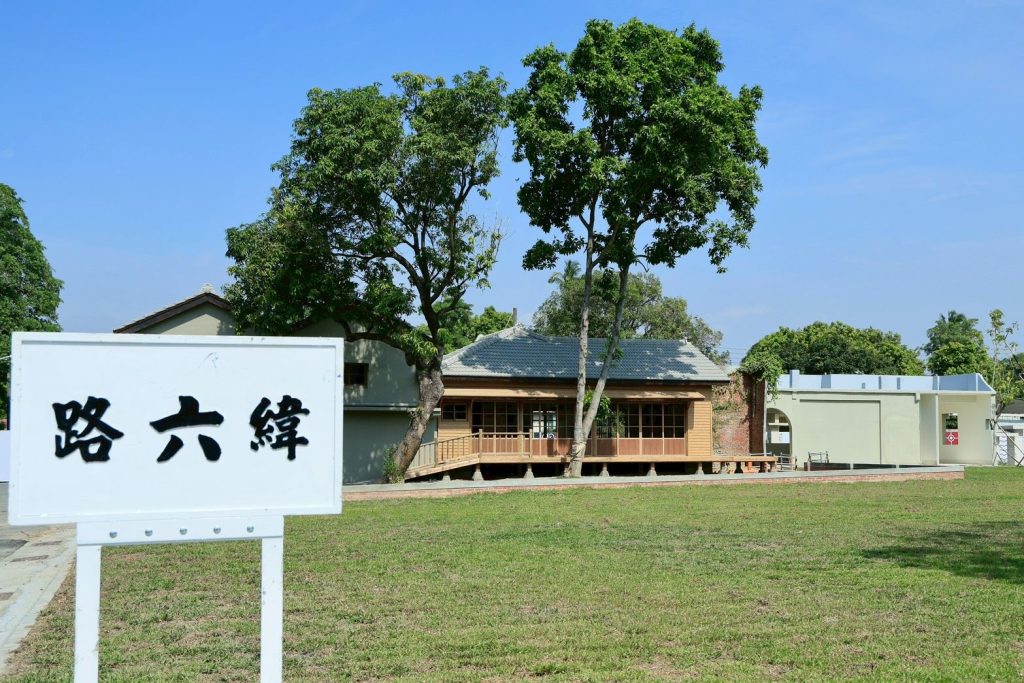By Eryk Michael Smith / Images via KH City Govt
KAOHSIUNG — The widening of Wei 6th Road (緯六路) in Zuoying has been completed, transforming a once-narrow 9-meter residential street into a 20-meter landscaped corridor connecting several of Taiwan’s most historically significant naval military dependents’ villages (眷村).
The 378-meter section links parts of the Zuoying Navy dependents’ settlement, including Hequn (合群) and Jianye (建業) villages—areas long recognized as the largest surviving cluster of naval dependents’ housing in Taiwan. Much of the district dates back to the late 1940s and 1950s, when thousands of military families settled in Zuoying following the KMT’s relocation to Taiwan.

City officials say the road project is part of a broader, phased redevelopment plan that aims to retain the district’s cultural memory while improving daily living conditions. The expansion adds wider pedestrian walkways, new green belts, preserved mature trees, and upgraded public facilities.
Several public art and landscape installations have been incorporated to reference local memory and the everyday life of the old settlements. These include “Environment Trace (環‧跡),” which recreates the former roundabout’s curvature in a sloped grass landscape, “Memory Garden,” a spot using native plants and low-carbon materials to form an ecological courtyard, and the “Sweetheart Project (甜心計畫)” with installations of small whimsical sculptures inspired by pets, toys, and home life—symbols often associated with close-knit military village communities.
With the new road connecting toward the future New Provincial Highway 17 (新台17線) and sitting in the corridor between the World Games Main Stadium and the TSMC Kaohsiung fab site, the area is expected to become a key residential and cultural zone in northern Kaohsiung.

The project cost NT$61.95 million, according to the Public Works Bureau, and includes four traffic lanes, dual sidewalks, 36 restored historic homes, four parking areas, three new public restrooms, and 6,500 pings of green open space. The remaining old homes are currently in the design or restoration pipeline.
The city describes the redevelopment not as demolition and replacement, but as “slow renovation” — an effort to allow the historic texture of the neighborhood to remain visible while adapting the environment for residents today.




